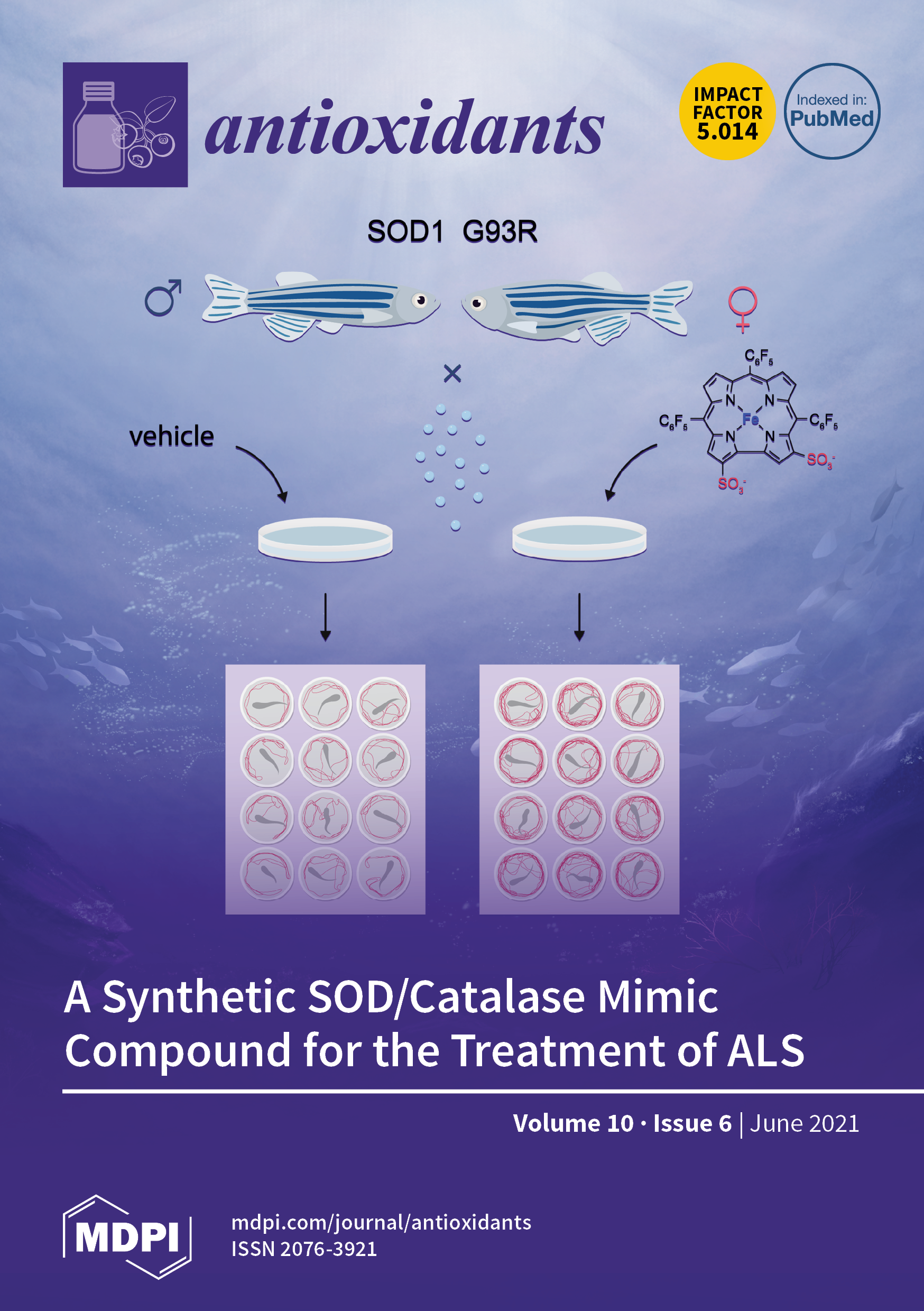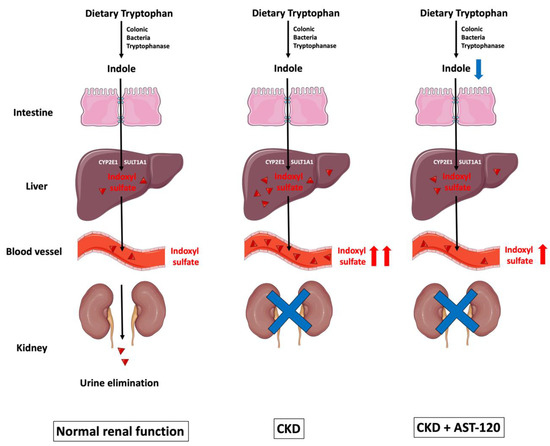Featured Scientist

Author published in"Antioxidants"affiliate to
Ming-Chieh Ma
School of Medicine,
Fu Jen Catholic University, New Taipei, Taiwan
Article published in
"Antioxidants" 2021, 10(6), 936
Indoxyl-Sulfate-Induced Redox Imbalance in Chronic Kidney Disease
The accumulation of the uremic toxin indoxyl sulfate (IS) induces target organ damage in chronic kidney disease (CKD) patients, and causes complications including cardiovascular diseases, renal osteodystrophy, muscle wasting, and anemia. IS stimulates reactive oxygen species (ROS) production in CKD, which impairs glomerular filtration by a direct cytotoxic effect on the mesangial cells. IS further reduces antioxidant capacity in renal proximal tubular cells and contributes to tubulointerstitial injury. IS-induced ROS formation triggers the switching of vascular smooth muscular cells to the osteoblastic phenotype, which induces cardiovascular risk. Low-turnover bone disease seen in early CKD relies on the inhibitory effects of IS on osteoblast viability and differentiation, and osteoblastic signaling via the parathyroid hormone. Excessive ROS and inflammatory cytokine releases caused by IS directly inhibit myocyte growth in muscle wasting via myokines’ effects. Moreover, IS triggers eryptosis via ROS-mediated oxidative stress, and elevates hepcidin levels in order to prevent iron flux in circulation in renal anemia. Thus, IS-induced oxidative stress underlies the mechanisms in CKD-related complications. This review summarizes the underlying mechanisms of how IS mediates oxidative stress in the pathogenesis of CKD’s complications. Furthermore, we also discuss the potential role of oral AST-120 in attenuating IS-mediated oxidative stress after gastrointestinal adsorption of the IS precursor indole.

Keywords: AST-120; chronic kidney disease; indoxyl sulfate; oxidative stress
62 views